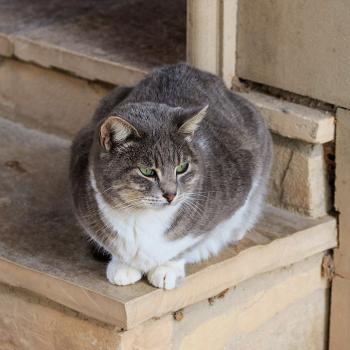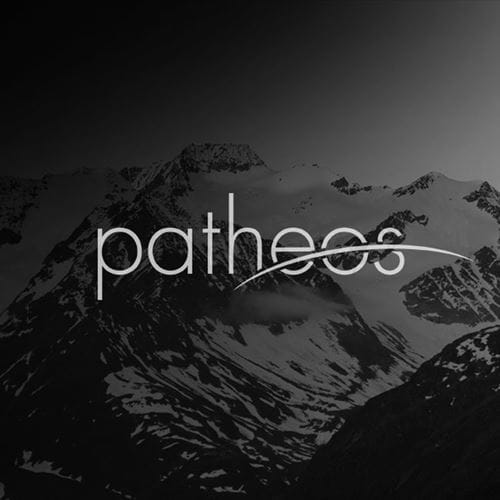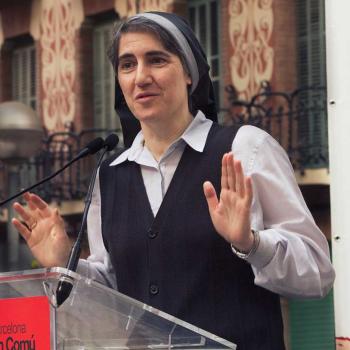
A kippah is a skullcap worn by many, though not all, Jewish men. “Yarmulke” is the Yiddish term for that same cap. The Hebrew word “kippah” means “dome,” implying that his cap is designed to cover the dome or crown of the head—which is the back portion of the top of the head. One Rabbi explained: “We place the Kippah on the very highest point of our being—on our head, the vessel of our intellect—to tell ourselves and the world that there is something which is above man’s intellect—the infinite wisdom of God.”
Origins
While many Jewish practices can be traced to a specific passage in the Hebrew Bible, the wearing of kippot is primarily traced to the Oral Torah (i.e., the laws, principles, and edicts that Moses received on Sanai, in addition to the 10 commandments; laws which were mainly passed down orally, instead of in writing). As a consequence of the lack of biblical clarity on this matter, not all Jews agree as to whether the covering of the head is a halachic requirement, or just an advisable or reverential thing to do.
Practice
Most Haredi and Modern Orthodox men wear a head covering—in the form of a kippah or other hat—at all times. Covering one’s head is believed to show respect to God and, if God is truly omnipresent, then there is no place that one should not cover his head—as we are always in God’s presence. As Rabbi Abraham Shemtove explained, wearing “the Kippah to us is a sign of reverence” for the divine. In the Talmud we read, “Cover your head so that the fear of Heaven will be upon you” (Shabbat 156b). Thus, the most observant Jews see this as more than advisable, but akin to a commandment of God—which is intended to symbolize the reverence, respect, obedience, and faith that the wearer has for and in his God.
Conservative, Reform, and Reconstructionist Jewish men often feel more flexible on this practice, contingent upon their denomination and also their personal interpretation of the Talmud, Jewish “Law,” and the degree to which extra-biblical “customs” are binding. Some (in the Conservative, Reform, and Reconstructionist traditions) will wear a kippah whenever worshipping in the synagogue; while others feel no obligation to wear one then. Some will wear one on the high holy days (e.g., Rosh Hashanah or Yom Kippur), while others feel no need to cover their heads on those sacred occasions either. Some feel the covered head is important, while others think it is an antiquated practice that has not practical meaning in the post-modern era. Indeed, some even say that removing the hat (or uncovering the head) is a better way to show respect, as opposed to donning a hat. Generally speaking, those in the Conservative tradition are prone to wear a kippah in the synagogue, when participating in prayers, while studying religious texts, while participating in memorial services or visiting a cemetery, on high holy days, and during various Jewish rites (e.g., bar and bat mitzvahs, weddings, funerals, etc.). Reform men, on the other hand, have generally been less inclined to wear a kippah during many of these aforementioned situations—though there has been a recent resurgence in the Reform tradition, making the wearing of kippot more common (particularly during synagogue worship). Because this is largely a personal choice—even though there are well-established cultural norms in the various denominations of Judaism and in various Jewish communities—there is inconsistency in when and why various Jewish men wear a kippah, particularly in the Conservative and Reform traditions.
While Orthodox Jewish women do not wear kippot, they do traditionally cover their heads in public, often by wearing a wig—and sometimes by wearing a hat or scarf instead or in addition to a wig. In the progressive Jewish denominations (in which women have long been allowed to be rabbis), some women will choose to wear a kippah, though women are not seen as obligated to observe this mitzvot, if it even is a “commandment” for men.
In his classic text, This Is My God, the popular Jewish author, Herman Wouk, described the traditional use of kippot this way:
“A custom of dress for at least two thousand years has been covering the head, especially during study and prayer. There is no prescribed form of head covering, though a Talmud passage states that a man should not walk four yards bareheaded. Essentially this is a deep-entrenched part of religious manners. A bareheaded Jew at prayers or study is an anomaly, except in the Reform movement, which discards this custom in principle (together with the tallis, the phylacteries, and many of the main Mosaic symbols and disciplines). The actual type of covering varies with time and place. Jews in Oriental and Arabic countries wear turbans. The Hasidic sects favor broad fur-trimmed hats or black felts. Our forefathers in Europe wore the yarmulka indoors, a wide black skullcap covering nearly all the hair. In the United States traditional Jews lean to a dark cap at the back of the head; but the caps on schoolboys are sometimes quite bright. In Israel religious workers sometimes wear a knitted cap clipped in place. Today traditional Jews in places of business, and at public gatherings not religious in nature, often go bareheaded, covering their heads at home and in places of worship.”
While not all Jewish men wear a kippah, nonetheless, it remains one of the universally recognized symbols of this ancient religion. Chabad.org explains that the wearing of kippot is “a symbolic reminder intended to prevent assimilation.” While not a biblical commandment, “is a custom which evolved as a sign of our recognition that there is Someone ‘above’ us who watches our every act.” Regardless of one’s denomination, kippot stand as an outward sign of an inward belief that there is a God in His heavens who is aware of, watches over, and cares about those who care about Him.
2/3/2022 6:57:44 PM








